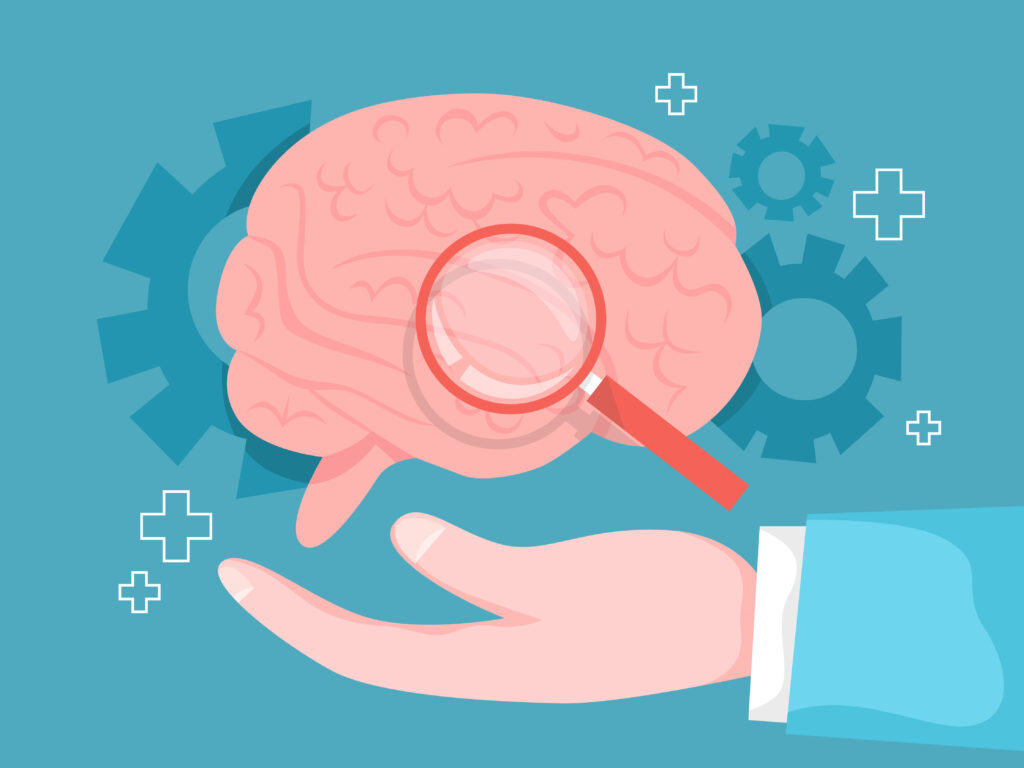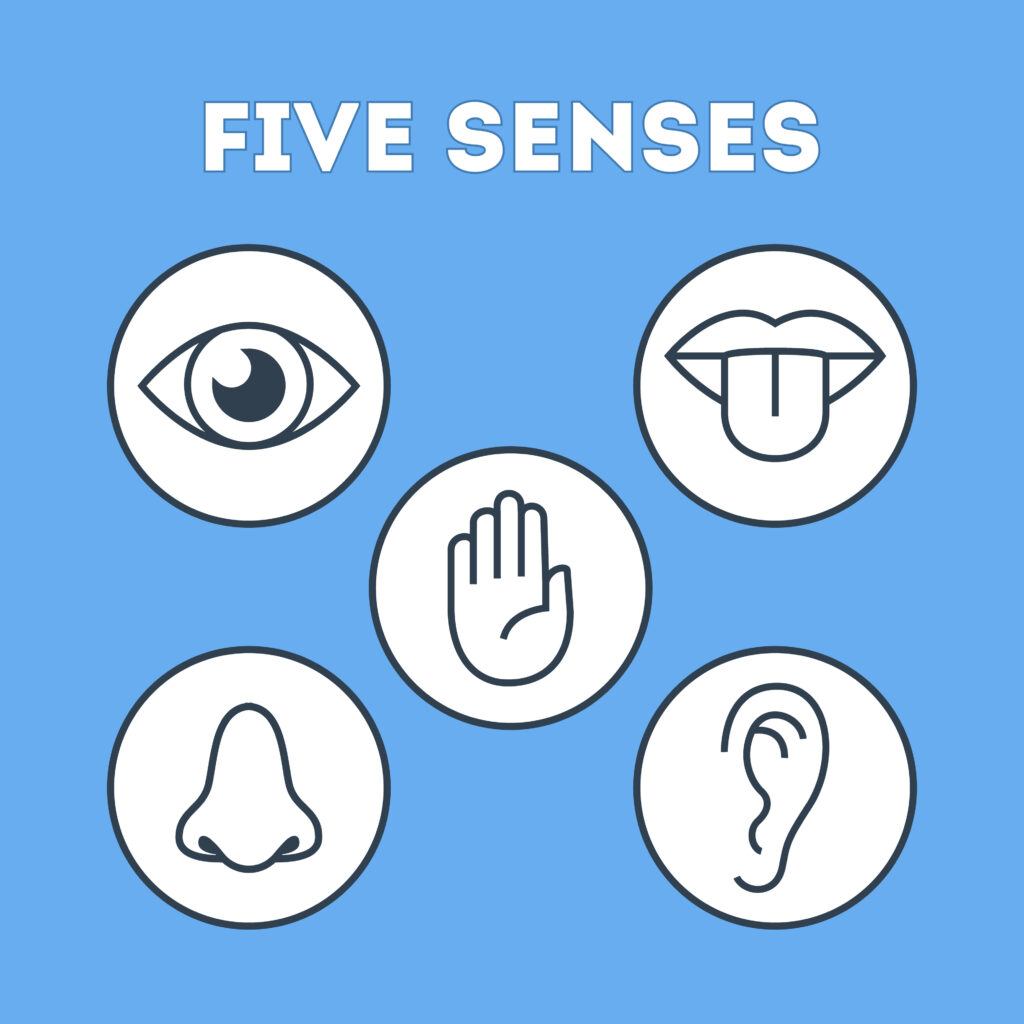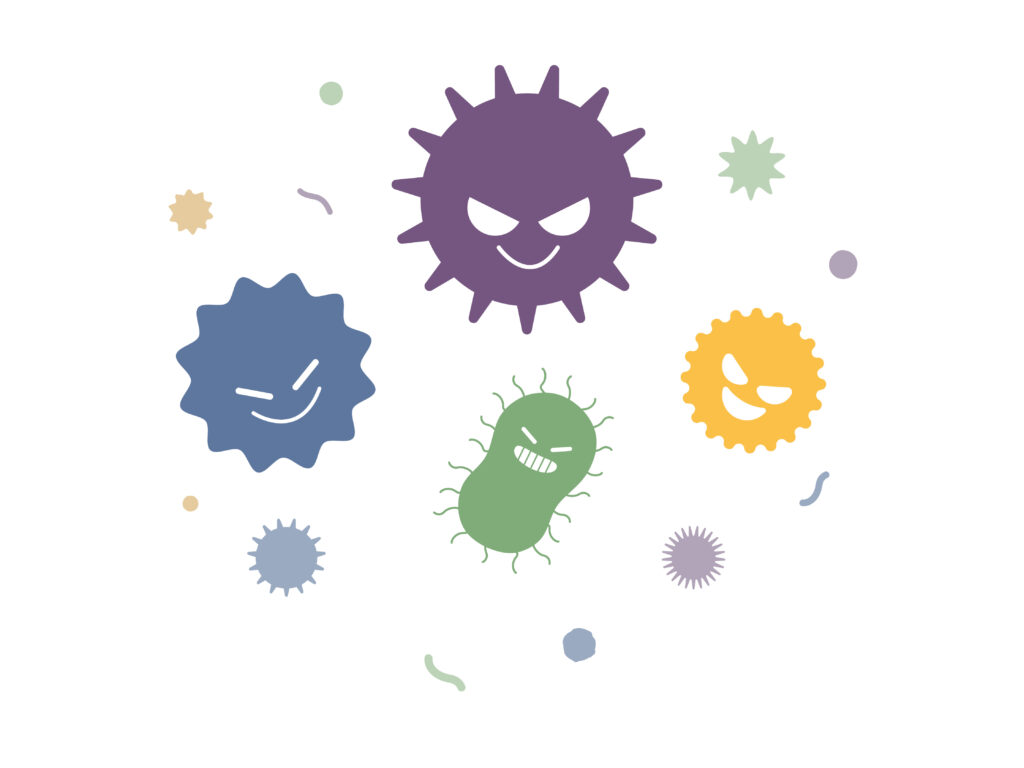Research studies and novel discoveries continually reshape our understanding of the natural world, often refining—and sometimes contesting—prevailing scientific theories. While this influx of new information is important for expanding knowledge, it can also give rise to myths and misconceptions stemming from biases, media misrepresentations and overgeneralizations. In this blog, we’ll explore misconceptions that blur the lines between fact and fiction, some scientific myths that just won’t go die and theories that scientists can’t stop debating.
Humans Only Use 10% of Their Brain
This myth, frequently perpetuated through movies like Lucy with Scarlett Johansson and Limitless with Bradely Cooper, has ambiguous roots. Some attribute this pseudoscience to Albert Einstein, despite no recorded record of such a claim, while others associate it with a misinterpretation of William James and his “Reserve Energy Theory” (8).

One thing is clear, however: while its origin remains uncertain, the notion that humans can only use one-tenth of their brains is wholly inaccurate. From a natural selection perspective, it’s already unlikely for anatomical structures to persist over time without serving a purpose – check out another Promega connections blog about vestigial organs. Also, if this myth was true, most brain injuries would pose no significant consequence to human functioning.
This logic is backed by numerous studies employing techniques like PET and fMRI scans to map brain activity in real-time, as well as micro-level localizations of single neurons and metabolic studies, further demonstrate that no part of the brain is ever fully silent or inactive. (9)
So, one could say I am overthinking this, but when it comes to finding my car in a packed parking lot, I’m pretty sure I’m utilizing at least 11% of my brain power.
Only 5 Senses… Right?
Have you ever had a “sixth sense” about something? Perhaps you’ve experienced your Spidey-sense kicking in when danger was near, or maybe you’ve mastered the art of predicting the microwave’s ding, even when you’re in a different room. Maybe, or maybe not, but even movies like the psychological thriller The Sixth Sense have been built around the idea that the typical human experience is limited to just five senses. But is this true?

In 350 BC, Aristotle authored De Anima, where he posited the concept of humans possessing five senses—sight, sound, smell, taste and touch (3). Experts have spent the past two millennia scrutinizing this traditional five senses theory and now acknowledge that our bodies can perceive hundreds of different external and internal sensory inputs through varied receptors. A concrete definition for a ‘sense’ still eludes neuroscientists and, as this video by Aeon explains, many contend that a diverse array of senses could be acknowledged.
Here are a few proposed senses beyond the traditional five:
- Equilibrioception (balance): maintaining stability and body orientation
- Proprioception (kinesthesia): a body’s ability to sense its location, movements, and actions
- Nociception: a sense of pain or mechanical stress
- Thermoception: the ability to sense temperature
Do Plants Feel Pain?
Unlike traditional pain-perceiving organisms, plants lack a central nervous system, pain receptors, nerves or a brain. However, some scientists posit that plants might experience a unique form of pain.
Plants have a sophisticated signaling and communication system that allows them to react to their environment by modifying their phenotypes, including scent, color, and shape when exposed to stressors like high temperatures, light and herbivore attack (4,5). Recent research even found that plants can emit ultrasonic, airborne sounds when stressed that can reveal information about their condition, such as level of injury or dehydration (5).
The sounds of a stressed-out tomato plant (5)
Other scientists are even exploring the idea that plants have a form of subjective experience, for example, that if specimens like the mimosa pudica (sensitive plant) can be put to sleep, doesn’t that mean they are otherwise awake? (2)
However, these behaviors could be labelled as adaptive responses for survival rather than pain or consciousness. Electrophysiological signaling, which involves transmitting information in response to a stimulus, serves as an immediate physiological function in plants rather than integrative information processing as seen in animals (6). This suggests a lack of consciousness in plants and inability to feel pain.
Are Viruses Alive?
What defines life? In general, life can be defined by a few key features: responsiveness, growth, metabolism, energy transformation and reproduction (7). Some other life processes to consider are respiration, excretion and nutrition, which all living organisms must perform to stay alive.

So, how do viruses fit within the tree of “life”? Viruses, despite their diversity, contain a few common features: genetic material (either DNA or RNA), a protective capsid and the use of a host to replicate (10). Among these, only reproduction aligns with the conventional definition of life, and even in this aspect viruses differ significantly as obligate parasites. Further, viruses do not engage in other life processes including movement, growth or converting nutrients to energy or waste. However, whether viruses respond to their environment is still up for debate, and questions like “is it considered using energy if they only become active upon host contact?” persist.
Another life-like quality to consider is viruses’ ability to evolve over time and undergo genetic changes, similar to living organisms. Ongoing research, including the discovery of Acanthamoeba polyphaga mimivirus and Tupavirus, continues to challenge traditional definitions of viruses and their capabilities. The Acanthamoeba polyphaga mimivirus is unique among viruses due to its giant size, with approximately 2500 genes, including some equipped for DNA replication and repair. On the other hand, the Tupavirus, which shares a common ancestor with mimivirus, distinguishes itself by having almost all necessary genes required for protein production (1).
Despite viruses not meeting the current essential criteria for life, as our understanding of viruses continues to develop, scientists will (of course) persist in asking the question: “Are viruses alive?”
Interested in more theories about viruses? Read: Which Came First: The Virus or the Host?
Join in and share some of your favorite myths, misconceptions and debunked theories in the comments!
Works Cited
- Abrahão, J. S., Silva, L., Silva, L. S., Khalil, J. B., Rodrigues, R. a. L., Arantes, T. S., De Assis, F. L., De Miranda Boratto, P. V., De Souza Andrade, M., Kroon, E. G., Ribeiro, B. M. et al. (2018). Tailed giant Tupanvirus possesses the most complete translational apparatus of the known virosphere. Nature Communications, 9(1).
- Dudíková, P. (2023). Paco Calvo, Planta Sapiens: O inteligenci rostlin. Profil, 24(1).
- Gregorić, P. (2007). De Anima III.1 425a27. In Oxford University Press eBooks (pp. 69–82).
- Holopainen, J. K., & Gershenzon, J. (2010). Multiple stress factors and the emission of plant VOCs. Trends in Plant Science, 15(3), 176–184.
- Khait, I. et al. (2023). Sounds emitted by plants under stress are airborne and informative. Cell, 186(7), 1328-1336.e10.
- Mallatt, J., Blatt, M. R., Draguhn, A., Robinson, D. G., & Taiz, L. (2020). Debunking a myth: plant consciousness. Protoplasma, 258(3), 459–476.
- Margulis, L., Sagan, C., & Sagan, D. (2023, December 2). Life | Definition, Origin, Evolution, Diversity, & Facts. Encyclopedia Britannica. https://www.britannica.com/science/life
- The Editors of Encyclopaedia Britannica. (2023, December 5). Do we really use only 10 percent of our brain? Encyclopedia Britannica. https://www.britannica.com/story/do-we-really-use-only-10-percent-of-our-brain
- Vreeman, R. C., & Carroll, A. E. (2007). Medical myths. BMJ, 335(7633), 1288–1289.
- Wessner, D. R. (2010) The Origins of Viruses. Nature Education 3(9):37
Latest posts by Shannon Sindermann (see all)
- What 32,000 3D Spheroids Revealed About Culture Conditions - April 15, 2025
- Can Fungi Help Clean Up Environmental Contaminants? - March 20, 2025
- Reprogramming T Cells with DCA: A Metabolic Breakthrough - February 7, 2025

One thoughtful comment